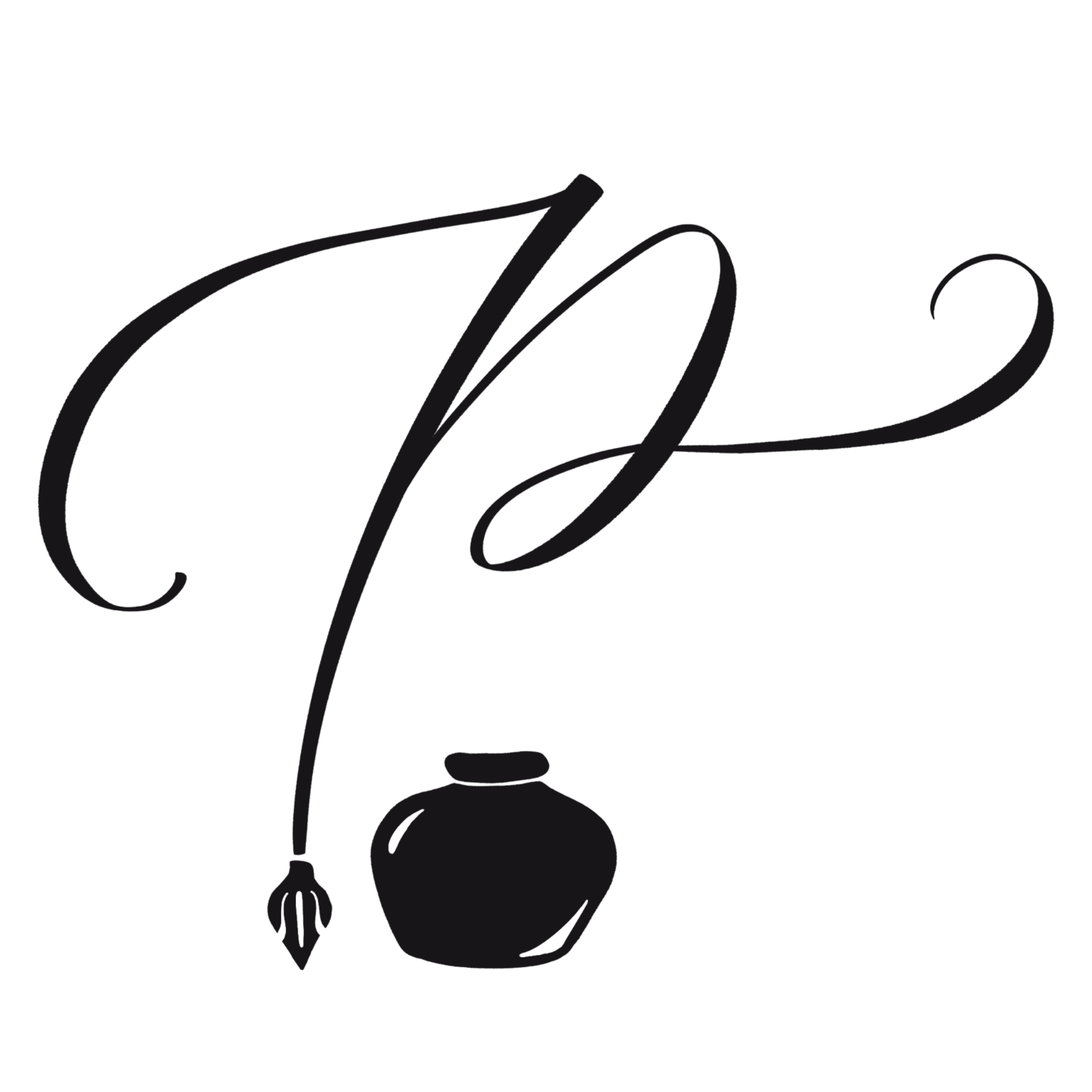So many of us use washi tape for its ease of use, beautiful appeal, and it’s lighter stick compared to the standard masking tape, but what is Washi tape? What does it mean? How is it made? And where did it originate?
We’ll be answering all of these questions and more on today’s episode of Know Your Stationery Part Two: Washi Tape.
What does Washi Tape Mean?
For starters, Washi (和紙) literally means Japanese Paper.
Wa(和) is the traditional word for Japan and harmony, and Shi(紙)means paper.
What is Washi Paper and How is it Made?

Washi paper is a very old and traditional style of paper made from strong natural fibers such as rice, bamboo, and mitsumata plants. Today the majority of washi paper is made using kozo (mulberry) fibers.
This style of paper also required cold, pure, and fresh running water for production, making it the perfect product for winter farmers as both ice water from the mountains and kozo shrubs were easiest to find during winter when rice and vegetation production was low.

Unlike ordinary paper which is generally smooth and crisp in texture. Washi resembles more of a sturdy piece of cloth and you can more clearly see all of the natural fibers that are used to compose the paper.
The Role of Masking Tape

In 1925 when Richard Drew, an employee of 3M, noticed that many auto body workers were frustrated by strong adhesive tape tearing off the paint on cars. This frustration is what inspired him to develop a gentler adhesive tape which we now know as masking tape, traditionally called Cellophane tape.
Unlike washi paper, masking tape is made using crepe paper or other synthetic materials. It was also developed specifically for industrial use, compared to the natural decorative designs you see on washi paper and today’s washi tapes.
The Birth of Washi Tape
It is the Japanese company Kamoi Kakoshi which first started as a paper mill in 1923 and then moved to manufacture paper adhesive tape in 1961 that we now turn our sites to.

In 2006, the company was approached by a group of women in Tokyo who had been using the industrial masking tape to create a book filled with designs developed by 17 female artists. They wanted to tour the facility and were hoping the company could create a tape that was both beautiful and functional for crafters.
It is thanks to this group of Japanese women and a tape company appreciative of these women’s inspiration that we now have the washi tape we know in love today. Slightly less tacky compared to standard masking tape and made of more natural fibers making it easier to peel and stick onto paper, tear, and of course look beautiful too.
Fun Fact
One fun fact about Washi tape is that the word for washi tape in Japanese is actually マスキングテープ which directly translates into masking tape. Because of the specific nature of the term used for Washi paper in Japan, they don't use the term washi tape. So we have a fun instance where the English speakers are actually using more traditional Japanese words than they use in Japan!

The branch of Kamoi which handles the making of Washi Tape is branded MT for masking tape and is the original brand of the stationery piece. Today there are 100’s of various designs, patterns, and styles that you can find from various manufacturers.
Thank you so much for reading, and if you learned something new or have any other stationery products you would like to learn more about please leave a comment down below!

